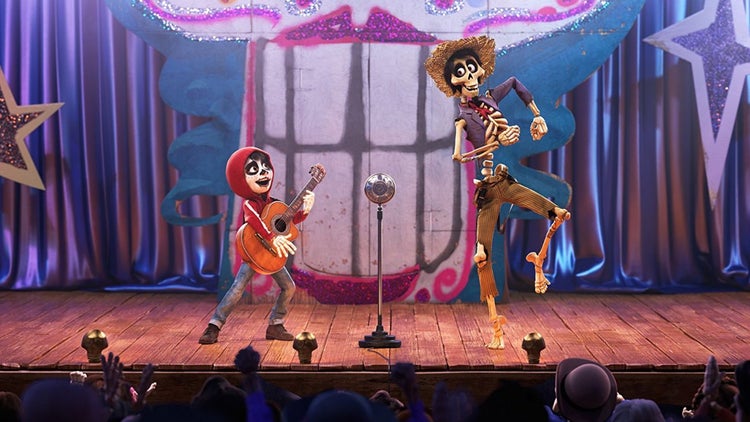Author: Luis R. Agostini / Source: Entrepreneur

Another weekend, and another box office victory for Disney Pixar’s CoCo, the animated smash hit, which has earned over $108 million since its pre-Thanksgiving release. The film has drawn praise from critics and moviegoers alike, and has struck a particular chord, emotionally, with the U.S. Latino demographic market segment.
For those unfamiliar with the film, Coco is the story of Miguel, a 12-year-old boy in Mexico looking to connect with his ancestors on el Día de Muertos, or Day of The Dead, the Mexican holiday where the dead are remembered, honored and celebrated by friends and family members. As the film depicts, this often involves the building of an altar, or ofrenda, to which family members add photos and the favorite foods, drinks and possessions of the deceased.
CoCo should be required viewing for any marketer looking to engage the U.S. Latino market as authentically, tastefully and creatively as the film does: Aside from the music, food/drink and vibrant colors Coco beautifully illustrates, it masterfully pulls back the curtain on the Latino family dynamics behind that culture’s collective family decision-making process, as well as on how elders and ancestors are cared for, remembered and revered, plus Latin culture’s symbolic emphasis on the spiritual.
Even the power of an abuelita’s chancla (a grandmother’s sandal, used to lightly spank a misbehaving child) is lightheartedly incorporated as an inside joke in the film — an authentic nod to Latino viewers who can relate.
Are Latinos in your customer base? Below are five important lessons Coco can offer you and other marketers looking to engage the United States’ 52 million Latino consumers:
Multigenerational storytelling
Whether yours is an influencer campaign targeting millennials on social media, or an earned media effort reaching baby boomers, it may be one of the many marketing/PR efforts today that are developed and executed with a specific demographic in mind.
CoCo, in fact, reaches and tells the story of an entire multigenerational household, creatively developing characters, motivations and back stories across many ages, from 12-year-old Miguel, to the wheelchair-bound great-grandmother. Content that performs well within the Latino demographic is often that which can be shared, understood and related to by an entire household.
Similarly, Coca-Cola succeeded in multigenerational storytelling with its Mother’s Day Inseparable campaign. That video begins with a Latina singing a lullaby to her daughter, with whom she later shares a Coke when the girl arrives home from school.
The daughter then grows up and sings the same lullaby to the baby inside her own womb, gazed upon by her mother, about to be an abuela, herself. This signifies the passing of a cultural tradition between mother and daughter. The video concludes with the abuela and her grandson some years later, bonding over a bottle of Coca-Cola, completing and continuing the family tradition.
Learn from your mistakes.
The journey of the film’s success cannot be told without revisiting an earlier incident that sparked tremendous backlash…
Audience Team
The digital audience insights you need to build, manage and market to your digital audiences.

